Coffee cups and mugs
Need advice?
Filter
122 items
-
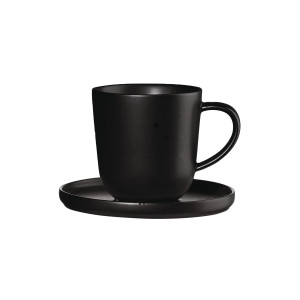
Espresso cup with a saucer Asa Selection Coppa Kuro, 80 ml
£6.99 -53% -
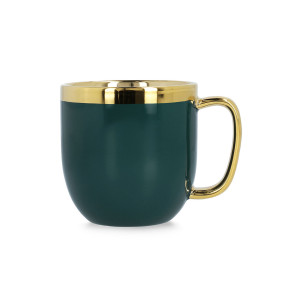
Cup Homla SINNES Emerald, 280 ml
£3.99 -43% -
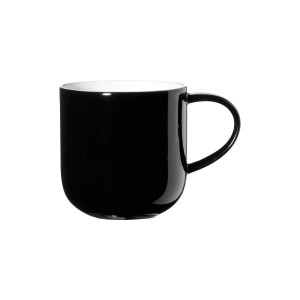
Mug Asa Selection Coppa Black, 400 ml
£11.99 -20% -
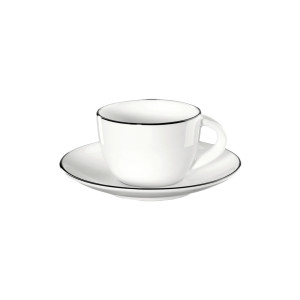
Espresso cup with a saucer Asa Selection À Table Ligne Noire, 70 ml
£12.79 -20% -
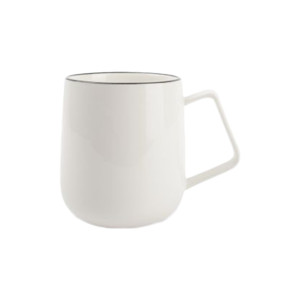
Mug S|P Collection Studio Base White, 420 ml
£7.99 -
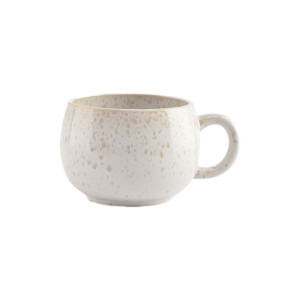
Mug S|P Collection Curvy Pearl, 300 ml
£8.99 -
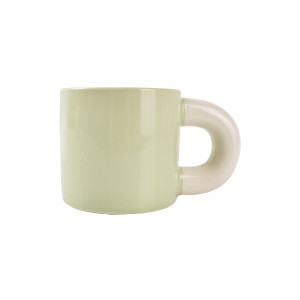
Mug ONA Lola Green, 330 ml
£6.39 -20% -
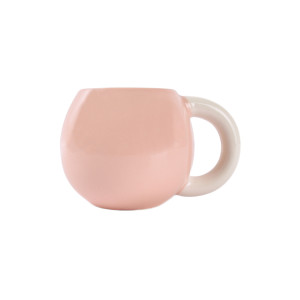
Mug ONA Lola Round Pink, 330 ml
£6.39 -20% -
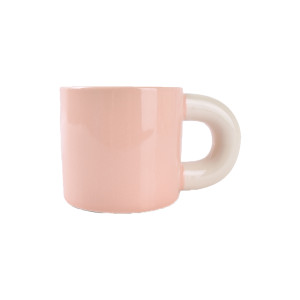
Mug ONA Lola Pink, 330 ml
£6.39 -20% -
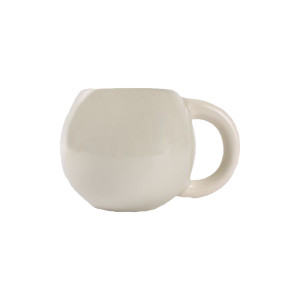
Mug ONA Lola Round Grey, 330 ml
£7.99 -
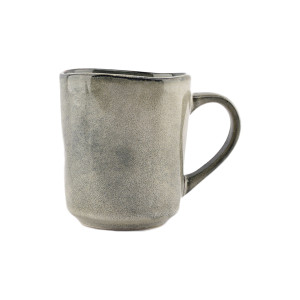
Mug Salt&Pepper Capri Blue Green, 420 ml
£6.99 -
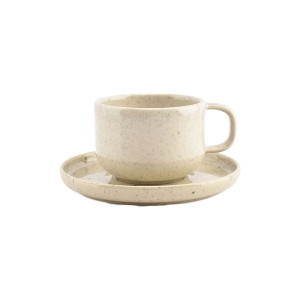
Cup with a saucer Salt&Pepper Blush Vanille, 220 ml
£11.99 -
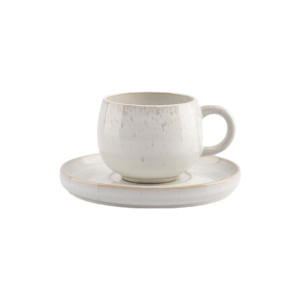
Cappuccino cup with a saucer S|P Collection Curvy Pearl, 170 ml
£12.99 -

Mocha cup with a saucer S|P Collection Curvy Pearl, 80 ml
£8.99 -
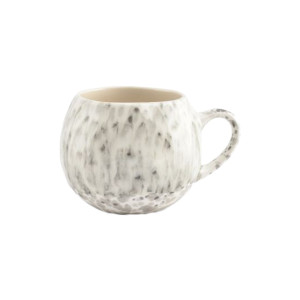
Mug Salt&Pepper Muggies Dotted Grey, 460 ml
£9.99 -

Cup with a saucer Salt&Pepper Artisan Blue, 270 ml
£9.99 -
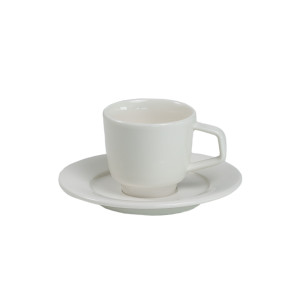
Cup with a saucer Villeroy & Boch Affinity, 220 ml
£18.99 -
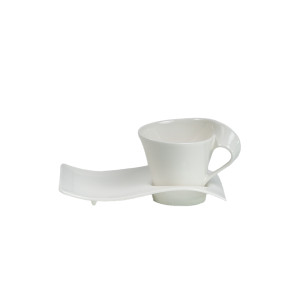
Cappuccino cup with a saucer Villeroy & Boch NewWave, 250 ml
£32.99 -

Café au lait cup with a saucer Villeroy & Boch NewWave, 400 ml
£34.99 -
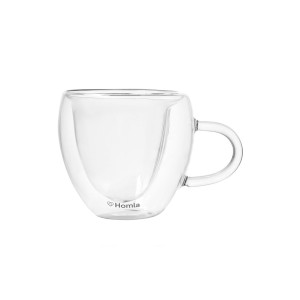
Cups Homla CEMBRA Hearts, 2 pcs. x 300 ml
£8.99 -40% -
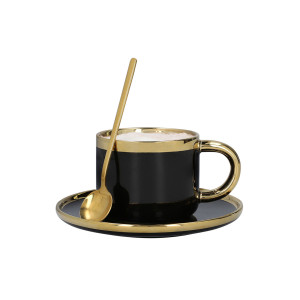
Cup with a saucer and spoon Homla SINNES Black, 200 ml
£7.39 -43% -

Cup Homla SINNES Black, 280 ml
£3.99 -43% -
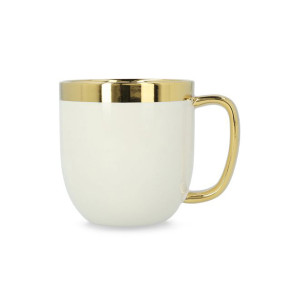
Cup Homla SINNES White, 280 ml
£3.99 -43% -
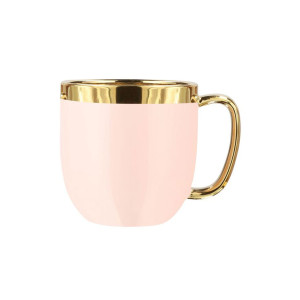
Cup Homla SINNES Pink, 280 ml
£3.99 -43%

